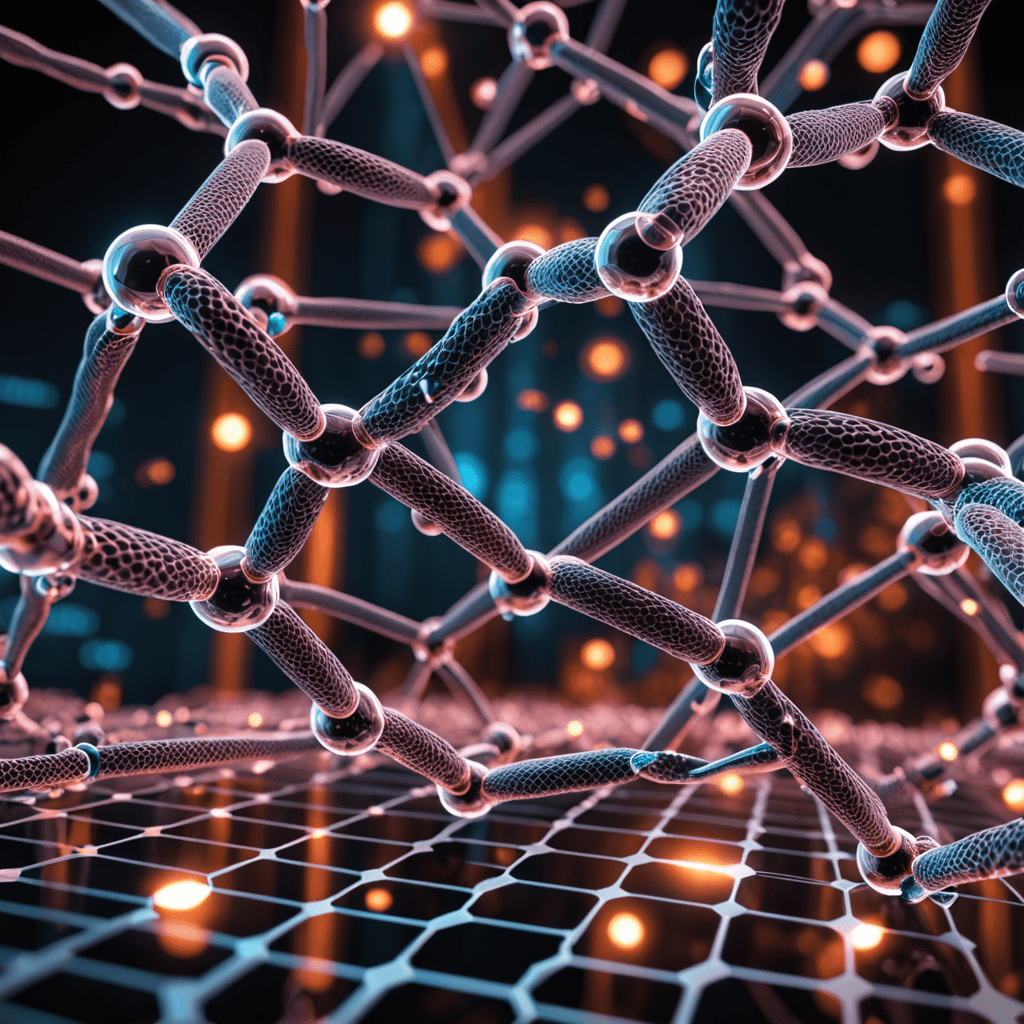
Nanotechnology in Water Desalination: Addressing Global Water Scarcity
Welcome to our blog post exploring the revolutionary role of nanotechnology in tackling the global issue of water scarcity through desalination.
The Global Water Scarcity Crisis
Water scarcity is a pressing concern worldwide, exacerbated by factors such as population growth, climate change, and inadequate water infrastructure. Desalination, the process of removing salt and impurities from seawater to make it suitable for consumption, has emerged as a critical solution to mitigate water shortages.
Understanding Nanotechnology in Desalination
Nanotechnology involves manipulating materials at the nanoscale, enabling enhanced properties and functionalities. In water desalination, nanotechnology plays a pivotal role in increasing efficiency, reducing costs, and improving sustainability.
Benefits of Nanotechnology in Desalination
1. Enhanced Filtration: Nanomaterials possess high surface area-to-volume ratios, allowing for superior filtration of contaminants from water.
2. Improved Energy Efficiency: Nanotechnology enables the development of energy-efficient desalination techniques, reducing the environmental impact.
3. Cost-Effective Solutions: Nanomaterials can lower operational costs and maintenance expenses in desalination plants.
Current Applications and Future Prospects
Nanotechnology is already being utilized in desalination processes worldwide, with ongoing research focusing on further refining techniques and materials. The future holds promise for nanotechnology to significantly enhance water desalination efficiency and accessibility.
Challenges and Considerations
While nanotechnology offers immense potential in addressing water scarcity, challenges such as scalability, environmental impacts of nanomaterials, and cost-effectiveness need to be carefully addressed to ensure sustainable implementation.
Conclusion
The integration of nanotechnology in water desalination presents a transformative solution to global water scarcity challenges. By harnessing the power of nanomaterials and innovative technologies, we can create a more sustainable and water-secure future for generations to come.
FAQs about Nanotechnology in Water Desalination
What is nanotechnology in the context of water desalination?
Nanotechnology involves working with materials at the nanoscale to enhance the efficiency of water desalination processes. By utilizing nanoparticles, membranes can be improved to effectively filter salt and impurities from seawater, thus addressing global water scarcity.
How does nanotechnology help in water desalination for addressing global water scarcity?
Nanotechnology enables the development of advanced desalination membranes with nanoscale pores that effectively filter out salt molecules while allowing water to pass through. This innovation increases the efficiency of desalination processes, making them more sustainable and cost-effective in combating water scarcity worldwide.
What are the benefits of using nanotechnology in water desalination?
Some benefits of incorporating nanotechnology in water desalination include higher water purity levels, reduced energy consumption, increased desalination efficiency, and lower operational costs. These advantages make nanotechnology a promising solution for addressing the pressing issue of global water scarcity.
Are there any potential challenges or limitations associated with nanotechnology in water desalination?
While nanotechnology offers significant advantages in water desalination, challenges such as high production costs, potential environmental impacts of nanoparticles, and the need for further research to scale up these technologies exist. Overcoming these challenges is crucial for maximizing the


